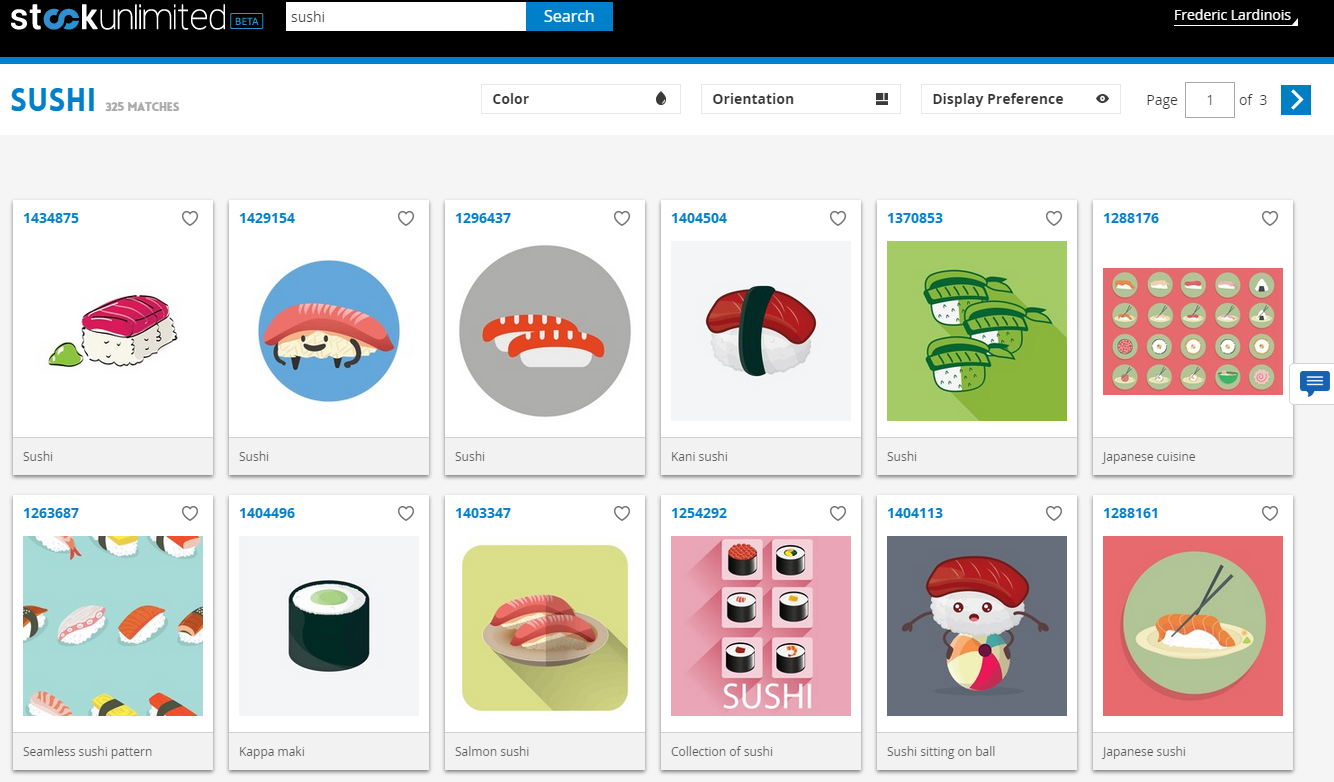While it’s easy enough to find stock imagery online, buying those images and graphics typically involves signing up for pricey plans that give you a limited number of credits per month. StockUnlimited wants to bring some fresh wind into this industry. Instead of limiting users to a set monthly allowance, StockUnlimited charges a $9.99 flat fee.
New users can now sign up for a free 30-day trial to test the service (but if you follow this special link, you can a 60-day trial). No credit cards are needed.
If it wasn’t for the team behind it, I’d likely have serious doubts about the company’s plan, which flies in the face of the established (and highly profitable) business model in the stock imagery world. The company’s chairman and lead investor is Andy Sitt, who also founded the successful stock imagery service 123RF. StockUnlimited’s CEO is Christian Toksvig, the former head of business development at Getty Images. These two clearly know how this market works.
 Currently, StockUnlimited only features vector images, but the plan is to expand to photos and videos in the third or fourth quarter of this year.
Currently, StockUnlimited only features vector images, but the plan is to expand to photos and videos in the third or fourth quarter of this year.
As Toksvig told me, the reason the company decided to start with vector images is simple: it’s where a lot of the growth in the industry is currently happening. In addition, the company is commissiong this first set of images itself, and it turns out it’s cheaper to work with design studios than photographers. Another advantage of vector graphics for a startup like StockUnlimited is that you don’t have to worry about rights issues around model releases, for example.
The service, which is bootstrapped by Sitt and Toksvig, currently features about half a million images. That’s less than most other libraries, but the team is adding between 50,000 and 100,000 new graphics per month right now.
“What’s nice about owning your content is that you decide what it is,” Toksvig told me. So in order to figure out what kind of content it should commission, the team built an algorithm that looks at Google Image and other stock photography searches so it can figure out what people are looking for right now. Because most of the graphics are very new, too, they tend to look pretty modern and while its competitors may feature more graphics, many of them are older and often look stale.
 As Toksvig stressed, though, the idea isn’t to shut other content creators out by only featuring the company’s own content. Instead, StockUnlimited is trying to build a base from which to grow right now — and that growth will soon include content from third-party creators, just like any other stock imagery site.
As Toksvig stressed, though, the idea isn’t to shut other content creators out by only featuring the company’s own content. Instead, StockUnlimited is trying to build a base from which to grow right now — and that growth will soon include content from third-party creators, just like any other stock imagery site.
To convince others to add their content to the site, though, StockUnlimted will have to gain enough traction, something Toksvig freely acknowledges. “We need a mass audience for our model,” he told me. “We are betting on mass adoption by many users because one user only gives us $10 every month.” Unless the company has a huge number of users, it won’t be able to pay enough to third-party creators to make joining worthwhile.
To reach this goal, the service is going after existing stock imagery users, but also that large group of Internet users who currently simply do a Google Image search and then grab whatever image they like, even if it’s copyrighted. Toksvig believes that just like Spotify and Netflix made it so easy and cheap to get legal access music and video that piracy wasn’t worth the hassle anymore, StockUnlimited will be able to do the same for graphics and photography.
The stock imagery world is going through an interesting time right now, where increased competition is pushing prices down and some consolidation is starting to set in (Fotolia, after all, was only recently bought by Adobe). If StockUnlimited plays its cards rights and quickly gets to the critical mass it needs to attract content creators, it definitely has a chance to make a dent in this market. It probably won’t challenge high-end services like Getty anytime soon (that catalog is hard to beat, after all) and other upstarts like Twenty20 are going after a different market, but it could win over users from the likes of Shutterstock (and/or maybe force them to change their pricing model in the process).

